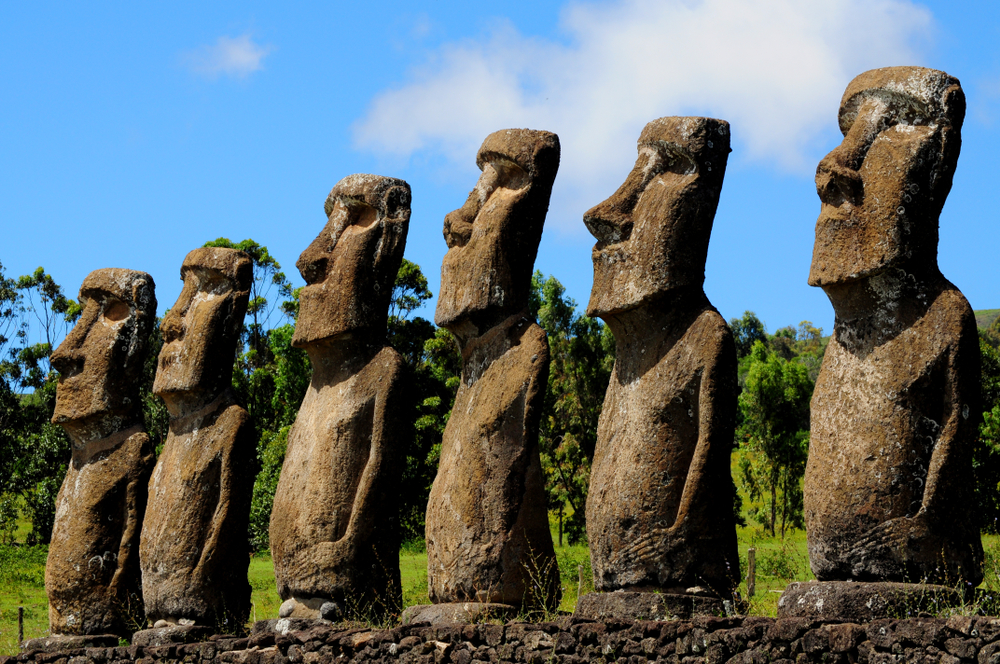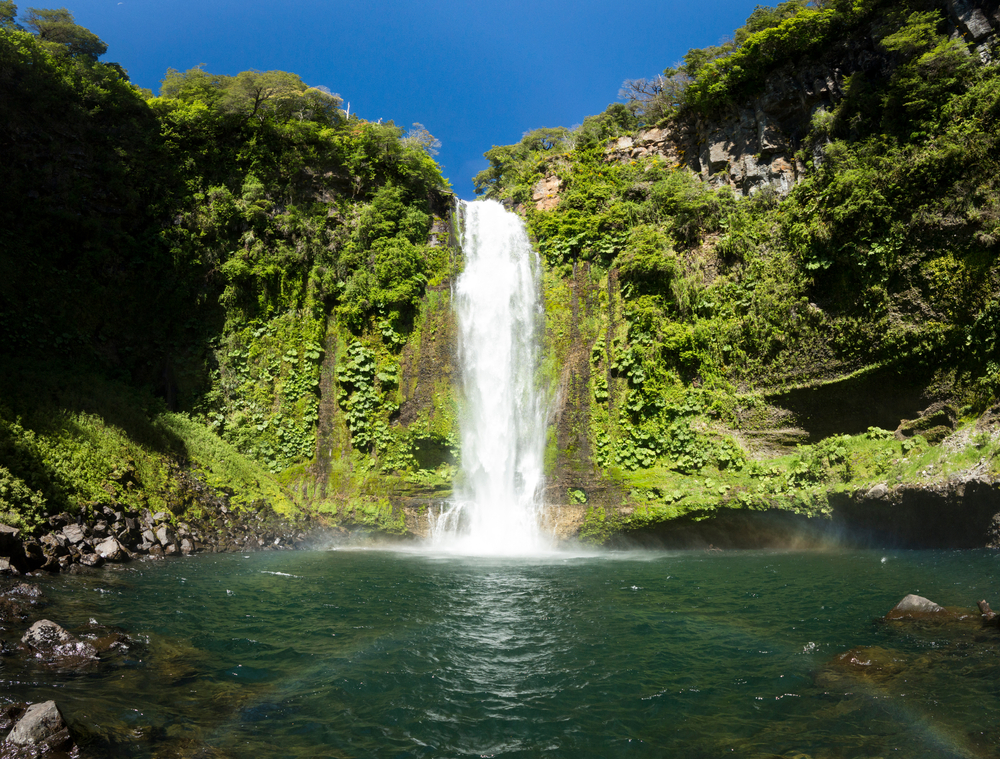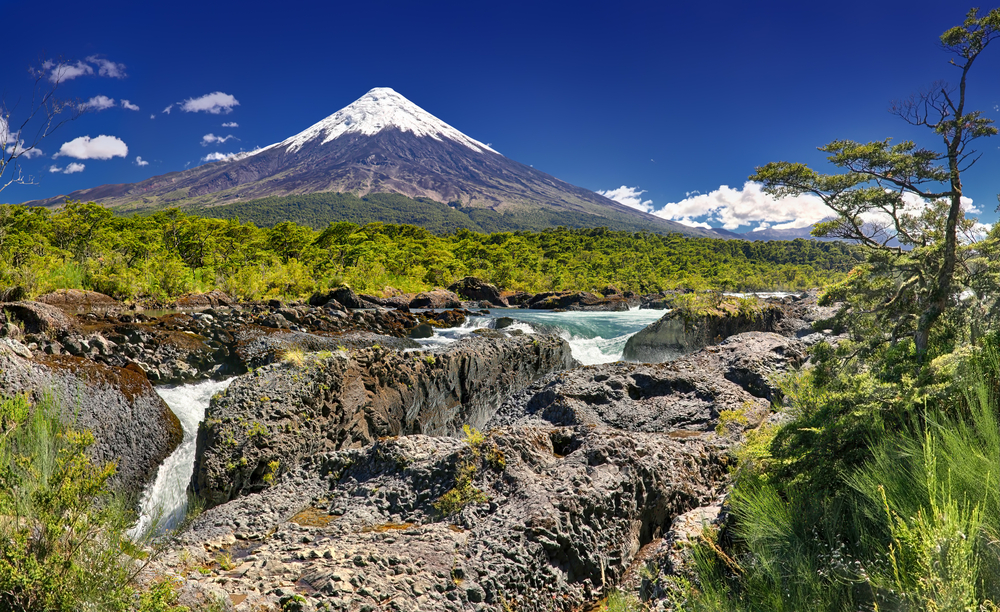Hornopirén Overview
Hornopirén National Park, known in Spanish as Parque Nacional Hornopirén, is a stunning protected area in southern Chile. Covering approximately 188 square miles (488 square kilometers), it is located in the Los Lagos Region, nestled within the Andes mountain range.
This park forms part of the vast Patagonian wilderness and is characterized by its dramatic landscapes, dense temperate rainforests, and striking volcanic terrain. The park’s name comes from the Hornopirén Volcano, which rises majestically within its boundaries, offering breathtaking views of the surrounding rugged landscapes.
Numerous rivers, waterfalls, and glacial lakes, such as Lago Pinto Concha and Lago Inexplorado, add to the park’s natural beauty, while deep valleys carved by ancient glacial activity create a striking contrast to the mountainous peaks.
The park’s terrain is defined by thick forests dominated by lush, evergreen vegetation. Much of the park is covered in Valdivian temperate rainforest, a unique and biodiverse ecosystem featuring tree species such as coihue, mañío, and alerce, one of the longest-living tree species in the world.
The presence of alerce trees, some of which are thousands of years old, adds an ancient and almost mystical atmosphere to the forested areas. Mosses, ferns, and thick undergrowth thrive in the humid environment, creating a dense green landscape that stretches across the park. The constant rainfall and proximity to the fjords also contribute to the park’s vibrant plant life, making it a haven for endemic flora.
Wildlife in Hornopirén National Park is diverse, offering visitors the chance to witness some of Chile’s most iconic species. Among the mammals found in the park are the elusive puma, which roams the forested mountains, and the endangered huemul deer, a national symbol of Chile.
Other notable species include the pudú, the world’s smallest deer, and the monito del monte, a small marsupial that plays an essential role in seed dispersal. Birdwatchers will be thrilled by the presence of species such as the Magellanic woodpecker, the striking Andean condor soaring high above the peaks, and the chucao tapaculo, a secretive bird often heard rustling through the underbrush. The park’s rivers and lakes also support aquatic life, including native fish species that thrive in the pristine waters.
Hornopirén National Park is well known for its natural attractions and outdoor activities, drawing adventurers and nature lovers alike. Hiking is a popular way to explore the park, with trails leading through lush forests, alongside rivers, and up to panoramic viewpoints showcasing the stunning volcanic landscape.
The hike to Lago Pinto Concha is one of the park’s highlights, offering a scenic trek through untouched wilderness. Kayaking and canoeing opportunities abound in the park’s lakes and rivers, allowing visitors to immerse themselves in the tranquil surroundings. Birdwatching and wildlife spotting are also rewarding activities, as the park’s rich biodiversity provides ample opportunities to observe unique species in their natural habitat.
One of the greatest conservation challenges in Hornopirén National Park is the ongoing need to protect the ancient alerce forests, which have faced threats from illegal logging in the past. Efforts to preserve these centuries-old trees have been a significant conservation success, with strict regulations in place to prevent exploitation.
The park also plays a crucial role in protecting the habitat of endangered species such as the huemul deer, with conservation initiatives focusing on habitat restoration and population monitoring. Sustainable tourism practices are being promoted to minimize human impact, ensuring that visitors can experience the park’s natural beauty while preserving its delicate ecosystems for future generations.


















































































